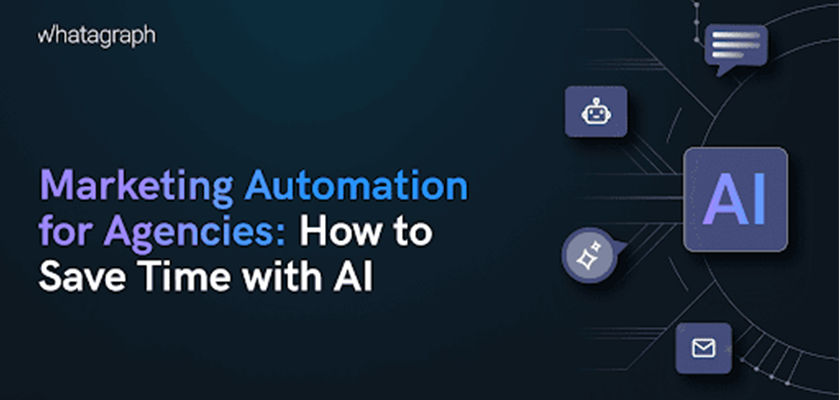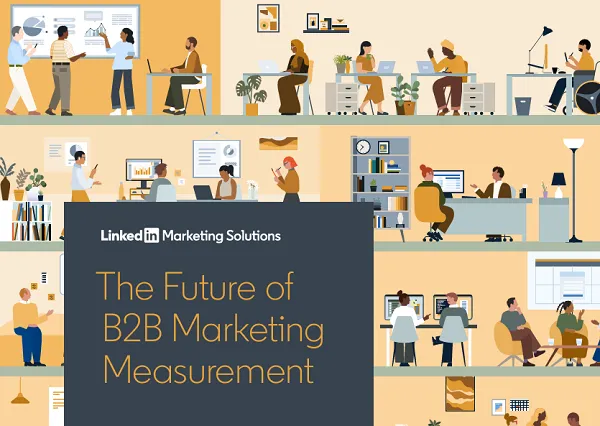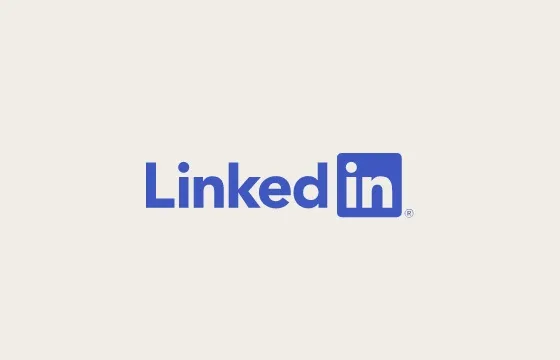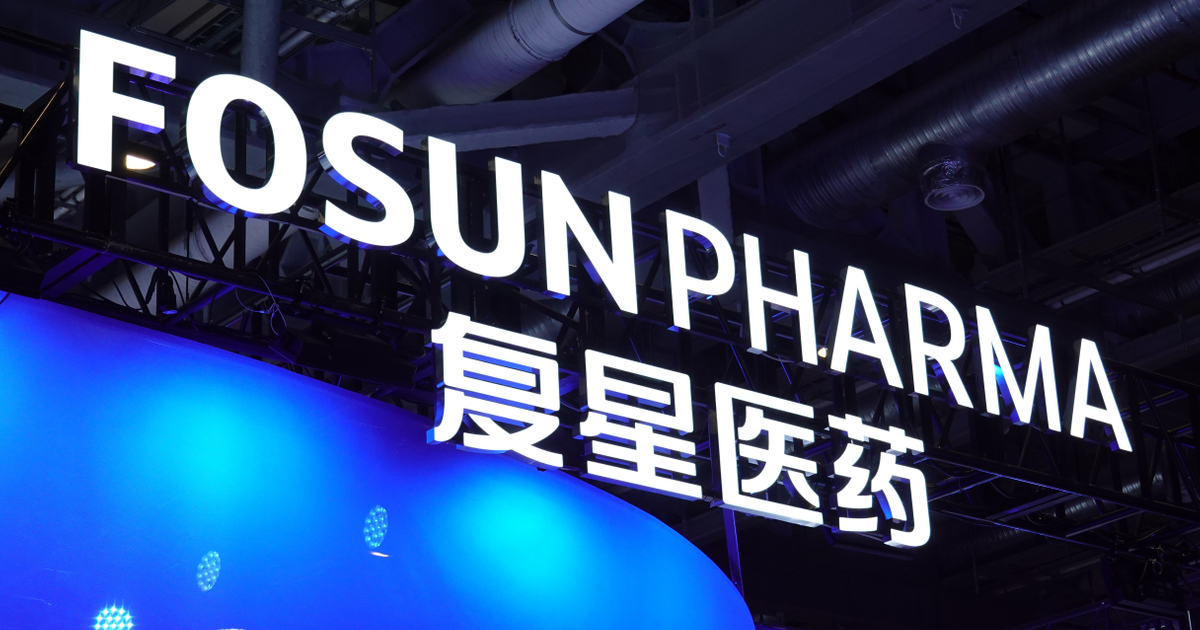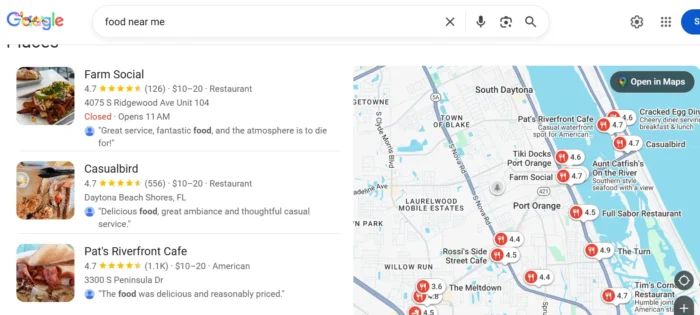LinkedIn Shares Insights Into AI Adoption and Integration
New data from LinkedIn on the business benefits of AI adoption.

If you hadn’t noticed, LinkedIn is super keen on gen AI, which is why it’s been injecting AI tools into every element that it can across the app.
At the same time, it’s also looking to help its members capitalize on the opportunities of the generative AI wave, which looks set to have a major impact on a broad range of industries over the coming years.
That’s the focus of LinkedIn’s latest economic impact report, which explores the rising use of AI, including which industries and economies are more readily adopting AI tools, and how businesses should be looking to build AI systems and training into their approach.
You can download the full report here, but in this post, we’ll take a look at some of the key notes.
First off, LinkedIn outlines its rising focus on AI, and why it sees this as a critical element for its membership:
“At LinkedIn, our ambition is to help workers, businesses, and governments shape AI into a powerful lever for human prosperity. As many countries face growth and competitiveness challenges, GAI can be the catalyst to drive innovation, and accelerate growth.”
Indeed, LinkedIn says that 75% of companies that have incorporated generative AI tools into their systems have seen significant time savings, as well as revenue increases above 10% on average.
But adoption of AI tools is still largely centered around big business, which could put smaller organizations at a disadvantage.
“Despite its many benefits, GAI adoption remains low in many countries, and small and medium businesses (SMBs) – the backbone of the global economy – are being outpaced by large companies. SMBs represent more than 90% of businesses and 50% of workers worldwide. Countries that close the SMB adoption gap stand to gain significant economic benefits.”
The report looks at how different brands and regions can boost their adoption of AI tools to maximize the potential benefit.
And according to LinkedIn, it’s the U.S. that stands to benefit the most:
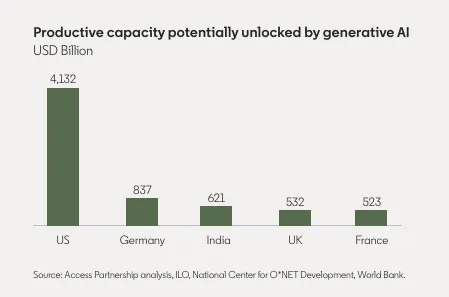
As you can see in this chart, LinkedIn says that American-based companies, based on its Economic Graph data, look set to reap the most benefits from gen AI, which is based on how it’s currently likely to be applied across different elements.
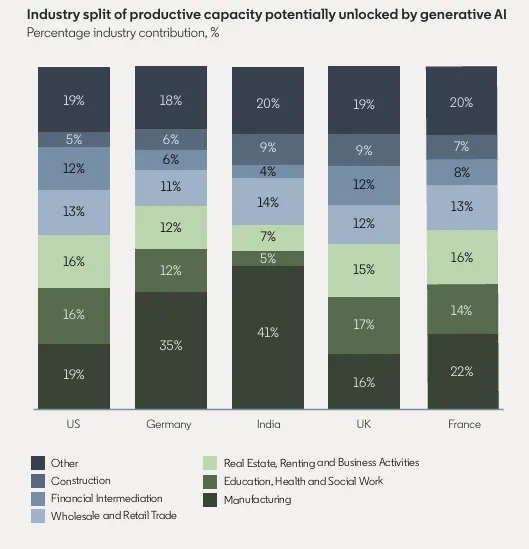
Yet it’s not full automation that these tools are providing. LinkedIn says that the true strengths of generative AI lie in expanded opportunity, as opposed to replacing workers.
“The greatest opportunity with GAI isn’t increased productivity for the tasks we already do; it is how people use that extra time to foster innovation and unlock new opportunities. More businesses today are using GAI for innovation and creativity (70%) than to automate repetitive tasks (60%) or simplify processes (54%). Business leaders know that the best ideas happen when technology meets human creativity and GAI is fueling an immense demand for talent: two-thirds of businesses using GAI plan to increase headcount. As such, with the right focus and investment, GAI represents a potential net job expansion, not loss.”
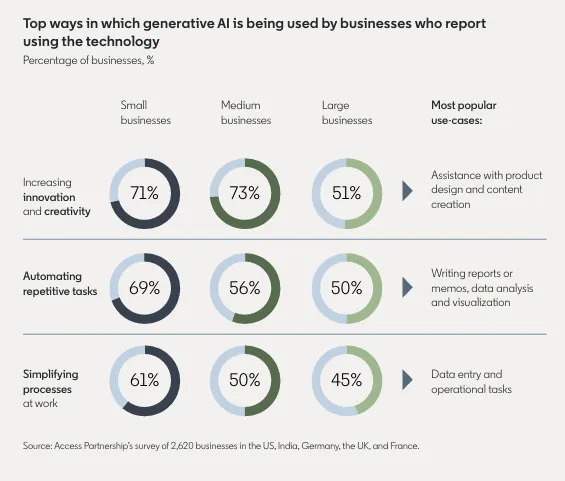
This is an important note, because the broader fear among workers is that these new AI tools are going to replace them completely, in order to realize productivity gains. And that may be true for the next level of AI, being digital intelligence that can actually think and act independently. But the current wave of AI tools are not that, and as such, LinkedIn says that their main benefits lie in complementing your workforce, as opposed to replacing them.
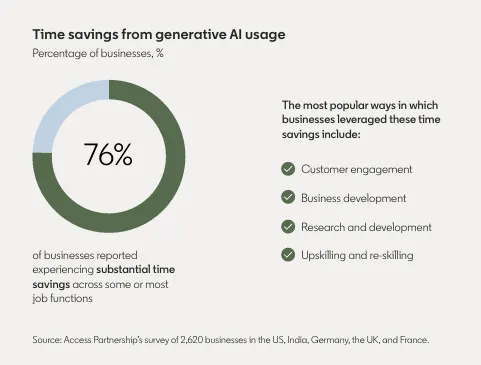
The report also looks at generative AI adoption by region and business type:

As you can see in this graph, overall, India (62%) and the US (51%) are seeing the highest AI adoption rates, followed by Germany (41%), the UK (40%), and France (32%).
“India is seeing such high adoption rates due to the country’s rapid digital transformation, a growing tech-savvy workforce, and a strong emphasis on innovation, while the US follows closely behind due to the country’s tech infrastructure and its propensity for early adoption of new technologies to maintain its competitive edge. Regulatory constraints and talent shortages in Europe may explain the slower adoption rates in France, Germany, and the UK.”
Indeed, demand for AI expertise in India is currently outpacing demand, and given its massive population and cumulative learning capacity, the nation stands to become a major player in the broader AI race.
But that’s on a broader scale, and again, as you can see in the above chart, SMB adoption is way lower than bigger organizations.
Which is one element that LinkedIn wants to change.
In terms of what you can do, and how your business should be looking to adapt, LinkedIn provides the following recommendations:

The first point is more of a broader policy note, but the others relate to how you can integrate AI tools into your workflow, in order to realize the potential benefits.
I mean, as AI tools become more commonplace in education and classroom learning, this is going to happen either way, but it is worth considering the opportunities available, and prompting staff to try using AI tools in their day-to-day process.
I would, however, caution against putting full trust in AI outputs. As LinkedIn repeatedly notes throughout this report, the best results come from a combined approach, matching professional expertise with AI systems.
And with that in mind, there could indeed be significant gains to be made, in many ways.
You can check out LinkedIn’s full AI impact report here.

 Lynk
Lynk 








